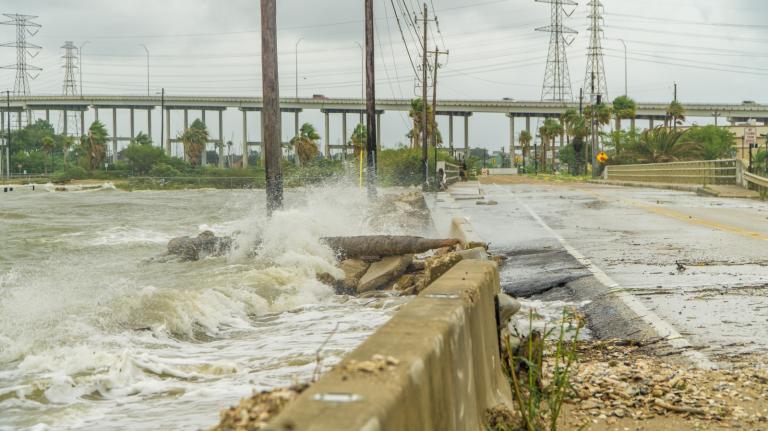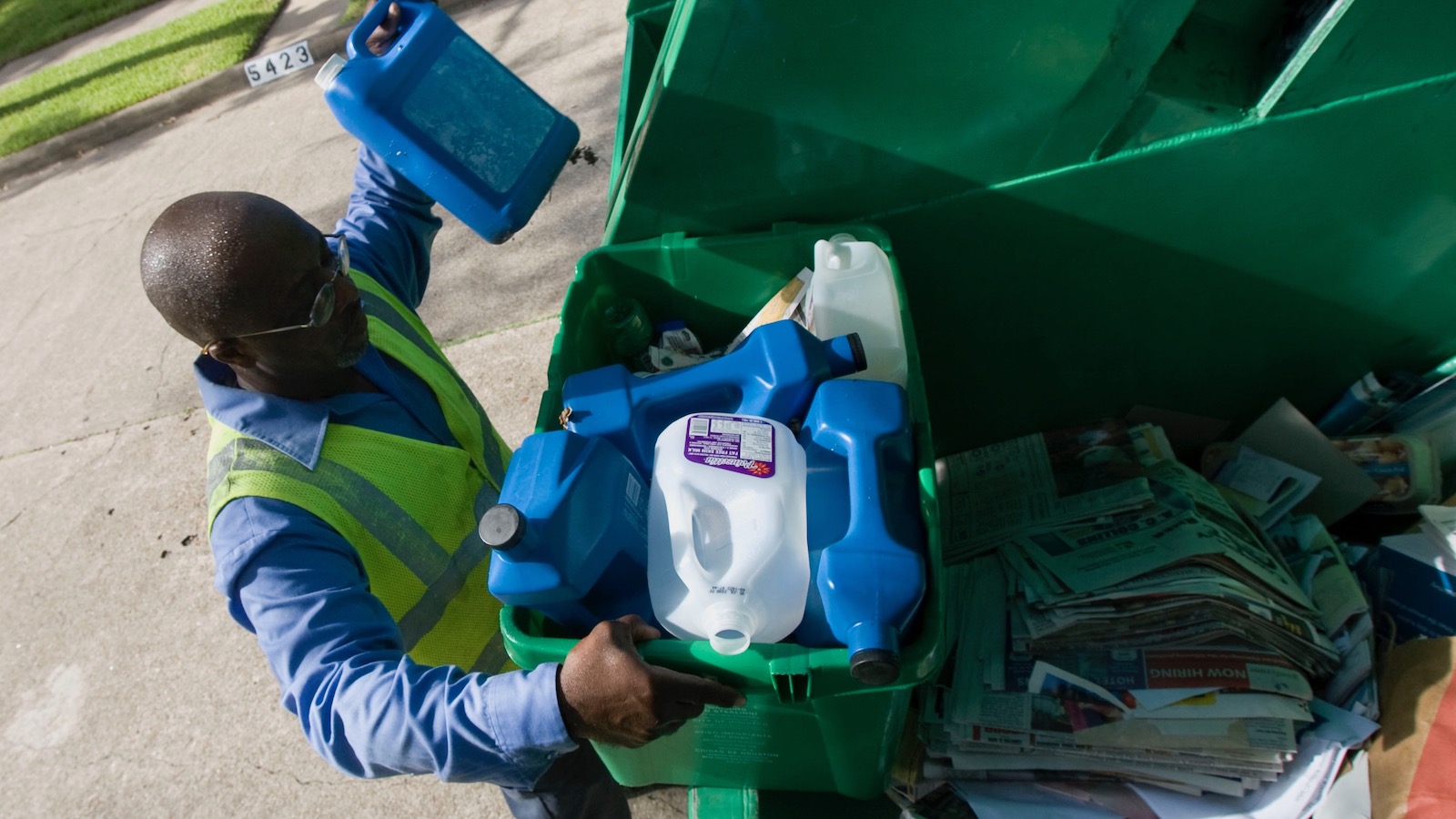Recycling was once all the rage. Reduce, reuse, recycle! We recited it like a mantra. To toss our cans and bottles into the blue bin was to take on personal environmental responsibility; it meant we care. However, of late, local governments once responsible for maintaining curbside recycling services have slowly pulled back, saying that the math simply doesn’t add up.
A study from the University of Florida suggests, however, that the practice is still worth our while, and, in fact, can help small municipalities reach their climate goals.
Communities have increasingly reduced their acceptance of glass and aluminum, and some have eliminated curbside pickup altogether amid spiraling costs. Conscientious individuals still committed to the vision find themselves toting their bottles and boxes to recycling centers on their own time. Others shrug, saying climate change and waste is a big, systemic problem, and that individual actions are negligible.
The researchers attempted to pinpoint the real impact of household recycling on the climate. To do this, they looked at the monthly household cost of waste management, and compared it with the greenhouse gas emissions that waste disposal generates, with and without recycling. In their analysis, the level of emissions avoided from recycled waste offset carbon emissions from solid waste landfills. It also avoids further emissions by reducing the amount of trash going into landfills.
“Our analysis highlights that kerb-side recycling provides communities a return on investment similar to or better than climate change mitigation strategies such as voluntary green power purchases and transitioning to electric vehicles,” the researchers wrote in their study, published Monday in Nature. “Eliminating recycling squanders one of the easiest opportunities for communities and citizens to mitigate climate change and reduce natural resources demands.”
According to study co-author Timothy Townsend, the actual costs of recycling haven’t actually increased by a huge amount since municipal recycling programs took off in the 1980s. “It’s pretty common to see negative articles about how recycling isn’t working,” Townsend said. “What if we were to recycle smarter?”
Townsend believes that if higher value materials are prioritized – including newspaper, aluminum and steel cans, cardboard, and certain kinds of plastic – recycling plants may more easily recoup costs. When done right, well-prioritized recycling management, even if it still costs a little more money up front than not recycling at all, is offset by the resulting reductions in landfill greenhouse gas emissions, and the conservation of resources.
There are still caveats to recycling, many of which factor into increased public apathy and municipal disinvestment. Collection and sorting is more expensive than dumping it all in a landfill. However, Townsend’s team argue that recycling has always been a little bit expensive, but it’s only in the past decade or so that commodity markets have plunged, making many recycled materials less profitable than they once were. The recycling market was most profitable around 2011, when the cost per household ran as low as $3 per year; after COVID-19 and the resulting market fluctuations, the cost ran as high as $42. Recycling has also become single-stream, meaning residents often throw everything in one bin, which must later be sorted by workers. This is labor-intensive, and often, when a bin is contaminated with food or liquids, it all goes to the landfill anyway.
While recycling creates fewer greenhouse gasses, it’s heavier on other pollutants. Another study, published earlier this month in the Journal of Hazardous Materials Advances, found that plastics recycling in particular is a source of microplastics, which are alarmingly present throughout our water and air, even in the deepest levels of the ocean, and are hazardous to public health. Recycled plastic has also been found to contain highly toxic chemicals. Previous research suggests these issues are best remedied earlier in production, by reducing manufacture of certain types of plastic products.
But in terms of carbon pollution, and meeting municipal sustainability goals, it’s still pretty effective, if local governments allow it to be. Townsend said that making recycling work again requires local governments to see recycling as not just a business decision, but as a public service. This comes as many cities have privatized their waste services in hopes of lowering costs. In the same way that many municipalities have invested in electric buses or other decarbonization initiatives, they could easily invest in continued recycling as a part of their sustainability plans.
For instance, the city of Columbus, Ohio is suspending curbside recycling pickup due to staff shortages, which could have a domino effect as well-meaning residents drop off their goods at the city’s nine overflowing recycling centers for workers to sort. At the same time, the city has invested time and money into its Sustainable Columbus Initiative, in an effort to reach carbon neutrality by 2050 through citywide emissions reductions. In Townsend’s analysis, a smarter recycling program, combined with continued curbside pickup, could help cities like Columbus achieve their climate goals.
According to Townsend, keeping the public well-informed about recycling through education campaigns and informational signage will also reduce emissions and save money for cities with troubled budgets. He has faith that there’s still a lot of public will toward reducing greenhouse gas emissions – and that although local recycling might be in a slump, we know exactly how to do it.
“The systems are still working,” Townsend said.




